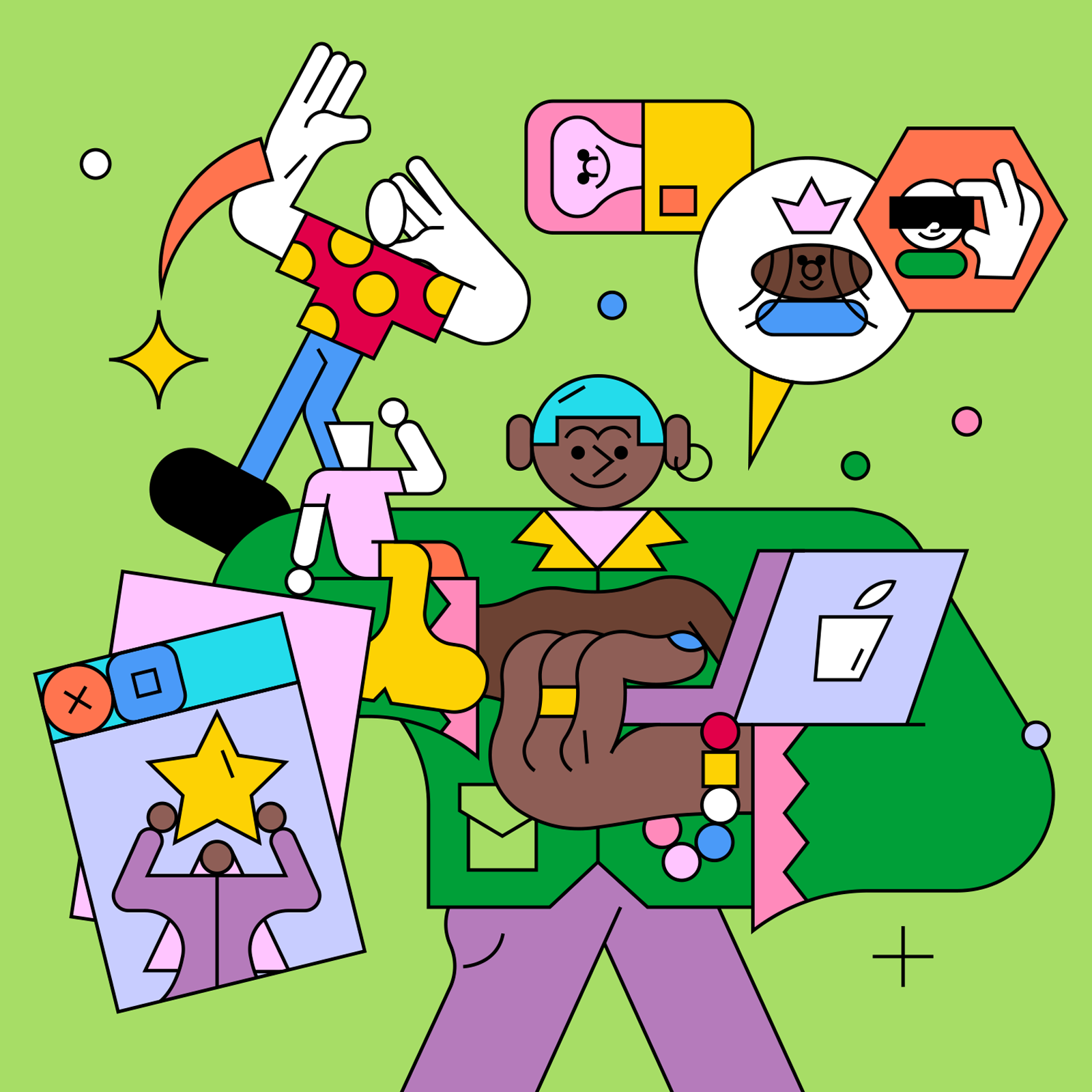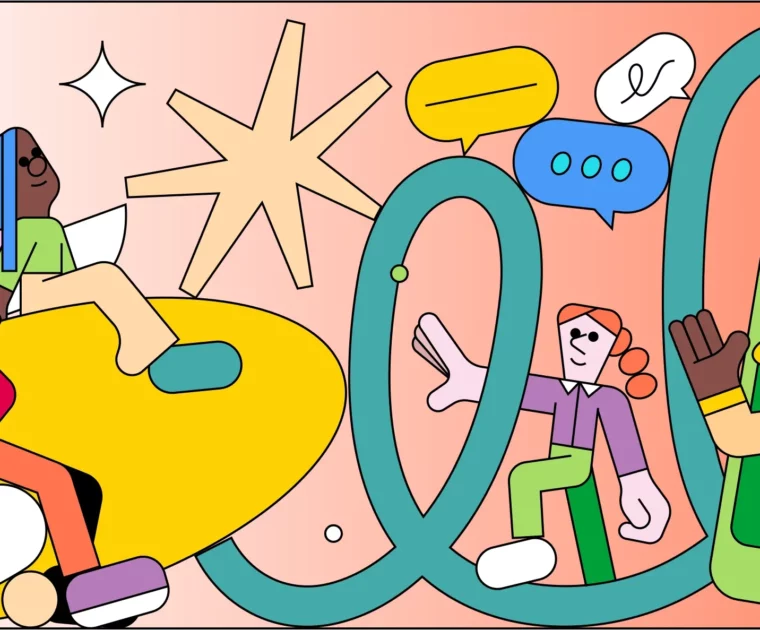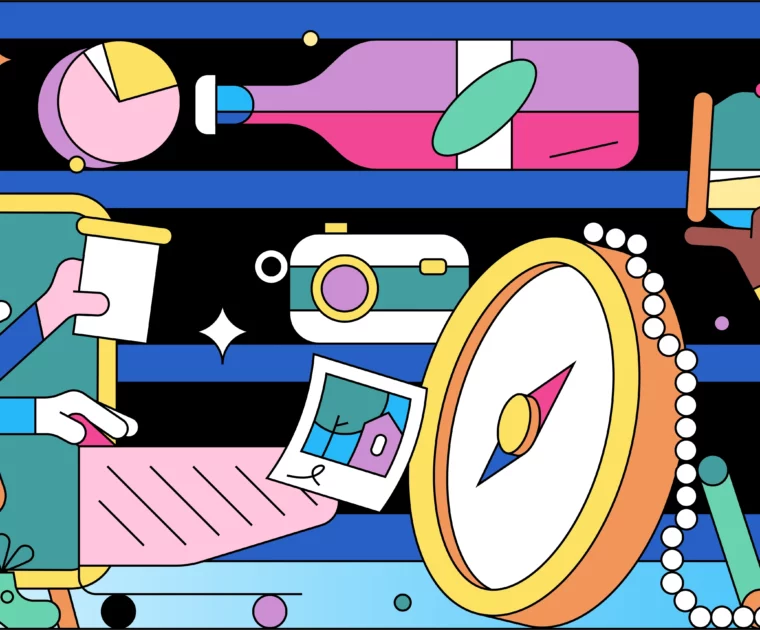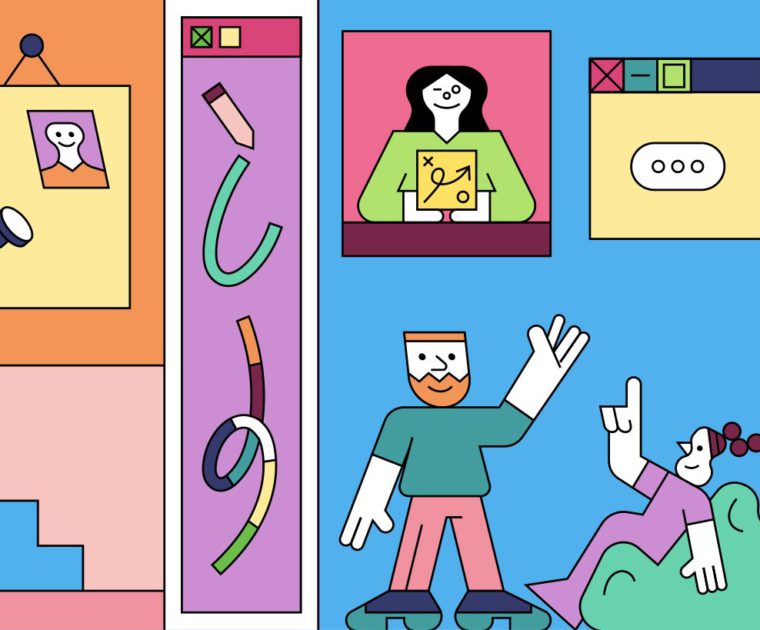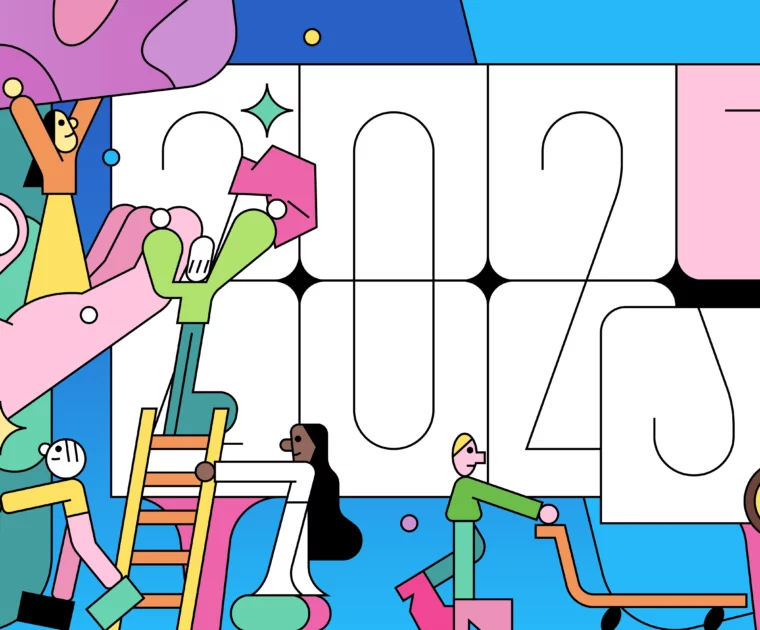One of the benefits of influencer marketing is that there’s an influencer for every brand, demographic, and budget. Influencer followings come in all shapes and sizes. This is great in terms of accessibility for marketers. But some brands have the funds to invest in the big dogs. The Goliaths of the social media world. I’m talking about mega-influencers and celebrities.
Sometimes you want to go big so you can go home with a healthy return on your investment and checkmarks adoring all your goals. If you’ve got the budget and you’re going for breadth, working with mega-influencers or celebrities (or both), could be the move.
We’ve compiled all the info you need to know about working with mega-influencers and celebrities in this post. We’ll go over who they are (with some examples of our faves at the end), when you should work with them, and why. Mega-influencers and celebrities will not appeal to all brands and they certainly won’t work for all budgets. If you’re curious about working with them, this post will give you a good sense of whether a mega-influencer campaign is right for you.
Let’s get started.
What’s the Difference Between Mega-Influencers and Celebrities?
First, we need to define our terms. As an influencer marketer, you’re probably aware of influencer tiers. While the value an influencer can provide hinges on a variety of factors, one of the easiest ways to categorize influencers is based on number of followers. This metric gives you a baseline on reach and a general idea of what prices they’re likely to charge.
MEGA-INFLUENCERS
Mega-influencers and celebrities with large followings sit at the top tier. We consider a creator a mega-influencer if they have more than one million followers on a single platform.
Okay, so mega-influencers have one million followers or more. Celebrities are considered mega-influencers if they meet that follower requirement. So what’s the difference between mega-influencers and celebrities? Why consider them separate groups at all?
In today’s culture, mega-influencers have an undeniable level of fame. Their fame originates from the internet. While it can be transferred to traditional media channels, it doesn’t always. Many internet-famous mega-influencers try to translate their large followings into mainstream celebrity and fail. Think of your favorite TikTokers who try to make the jump into TV, movies, and music. Sometimes it works and their audiences follow, and sometimes it doesn’t.
CELEBRITY INFLUENCERS
On the other hand, celebrities are those who have gained fame and notoriety through more traditional media. On our TV screens, in the movie theater, on the radio, etc. They are more likely to be featured in tabloids and to make the news. Traditional celebrities often take their audiences online, and many of them profit off those audiences through influencer marketing. But their audiences most often do not originate on a social media platform. Their followers have migrated from a more traditional form of media to the internet, not vice versa.
This can affect the influencer marketing power traditional celebrities have. Celebrities have been used to sell products in traditional advertising models for decades, but influencer marketing on social media is different. Influencer marketing is rooted in the trust garnered between an influencer and their audience. Celebrities more often sell products based on aspiration and inspiration rather than trust.
ZENDAYA x VALENTINO
For example, when Zendaya posts an Instagram campaign with Valentino to her 184 million followers, the content is aspirational. Her audience likely isn’t going to buy the bag or designer outfit because they trust Zendaya as a purse expert. Sure, she knows her way around a ‘fit. I’d say she’s definitely a pro when it comes to getting dressed, but most of her followers can’t afford Valentino. She’s not capitalizing on their trust. She’s inspiring them.
Those who purchase something because they saw Zendaya’s Valentino ad, likely did so because they want to be more like Zendaya. Who wouldn’t want to look like the fashion icon of our day?
Do you see how the mechanism of celebrity can function differently than that of the mega-influencer? Mega-influencers (often, not always) build their audiences through brand partnerships and content. They establish authority in a given niche. And they earn their followers’ trust within that niche. Celebrities bring their fame from outside the internet and often do brand partnerships that feature a wide range of products because they don’t have a niche the way influencers do. They often have a craft outside of creating content that is their primary source of income and fame.
What Brands Should Work with Them?
I’m going to give it to you straight: working with celebrities and mega-influencers is expensive. So first and foremost, brands should only work with them if they have the appropriate budget. If your marketing team is used to running TV ads and big-budget campaigns, mega-influencers and celebrities are a good option. Often these creators with large followings work well cross-functionally. They can be used for both social content and traditional ad spots because they are so recognizable.
Another important note on creators this large is that they often don’t have much of a niche. If you’re looking to get hyper-targeted with your campaigns, it may be better to work with smaller, more focused creators. These mega stars can offer you breadth, not targeting. Which leads us to the next section:
When Should Brands Work with Them?
If you’re looking to increase brand awareness and extend your reach, it could be time to go big on your influencer selection. It also makes sense to work with these mega stars for evergreen campaigns. If you can work it into your contracts, you may be able to repost and reuse the content you create with these influencers over an extended period of time. So it makes sense to work with these creators in a less time-sensitive campaign. Remember, these partnerships are a major investment. You should work strategically to get the most longevity and bang for your buck.
Benefits of Working with Mega-Influencers and Celebrities
If you’re still reading, you’re probably wondering what you’d actually get out of partnerships with these creators. Especially if you’re going to be shelling out huge sums to work with them. There are plenty of benefits to working with mega-influencers and celebrities if you find the right fit. To name a few:
- Massive Reach: It almost goes without saying. Collaborating with creators who have millions of followers can instantly expose your brand to vast audiences. This increases brand visibility and exposure.
- Brand Association: Associating your brand with well-known personalities can elevate its status and perception in the eyes of consumers. Being endorsed by a celebrity or mega-influencer can signal to consumers that your brand is reputable, desirable, and worth paying attention to.
- Credibility: Speaking of reputable, celebrities and mega-influencers often have established reputations and credibility within their respective industries or niches. Their endorsement of your brand can lend credibility and trustworthiness, especially if they genuinely believe in and align with your products or services.
Drawbacks of Working with Mega-Influencers and Celebrities
Of course, not all that glitters is gold. As with any influencer tier, there are cons to accompany the pros. Be wary of the following if you choose to go the mega-influencer or celebrity route for your next campaign.
- Lack of Authenticity: Some consumers may perceive celebrity endorsements as less authentic compared to collaborations with micro or nano influencers. If the partnership feels forced or insincere, it can lead to skepticism or distrust among consumers, ultimately undermining the effectiveness of the campaign.
- Limited Targeting: While mega-influencers have large followings, their audience demographics may not always align with your target market. As a result, you may reach a broad audience that includes many individuals who are not interested in or relevant to your brand, leading to inefficient use of resources.
- Overexposure: Mega-influencers and celebrities often collaborate with multiple brands, leading to overexposure and dilution of your brand’s message. If consumers see the same influencer endorsing numerous products, it may diminish the impact of your campaign and reduce brand recall.
Example of Mega-Influencer
Anna X Sitar is a mega-influencer boasting 1.4 million followers on Instagram and 12 million followers on TikTok. She’s garnered a following creating lifestyle content about her family, relationships, cross-country moves, hobbies (like going to the beach), schooling, career goals, and more. Like many mega-influencers, her content covers a range of topics. But it’s rooted in her positivity-prone personality and signature vulnerability.
Even though she has millions of followers, partnerships like this one with PacSun showcase products accessible to her audience. Because she’s a known beach girl, her followers are likely to trust her endorsement of this bathing suit.
Example of Celebrity Influencer
Sure, we first met her on the tennis court, but Serena Williams also commands the attention of 17.2 million followers on Instagram. Her feed is full of athletic content, fit pics, family outings, and glam. While she may not have gained her fame through makeup, I definitely trust her when she says her Wyn makeup doesn’t budge while she’s out skating. Of course, if you do a little digging, (and by digging I mean just clicking on the Wyn handle linked in the post), you’ll find that Wyn is actually Serena’s makeup brand.
She’s the perfect creator to rep her own brand, and she may be well-suited to endorse yours as well. But this is something to watch for. Many celebrities have their own brands to promote, so it’s important to consider brand overlap so you’re not falling victim to oversaturation or confusion for consumers. Serena may not be open to other makeup brand partnerships, but maybe she is! It’s up to you to determine if and when your brand fits in with a celebrity’s (or any influencer’s) branded identity and family of endorsements.
Want Help Working with Mega-Influencers and Celebrities?
Social platforms are giving legacy media a run for its money when it comes to marketing and advertising. It’s no surprise we’ve seen such a rise in influencer stardom. Even traditional celebrities are turning to social platforms to run campaigns and use their influence. Lucky for brands like you, we can help you harness their influencer marketing potential. We hope this post answered all your burning questions about working with mega-influencers and celebrities. If we missed something, drop us a line.
And if you’d like to run a campaign using the awesome reach and influence of these mega stars, we can help. Schedule a strategy call with one of our experts today. We’ll strategize on the best mega-influencers or celebrities for your brand and your campaign’s unique goals. We’ve got the agency resources to pair you with your dream influencers and help you get the most bang for your buck.
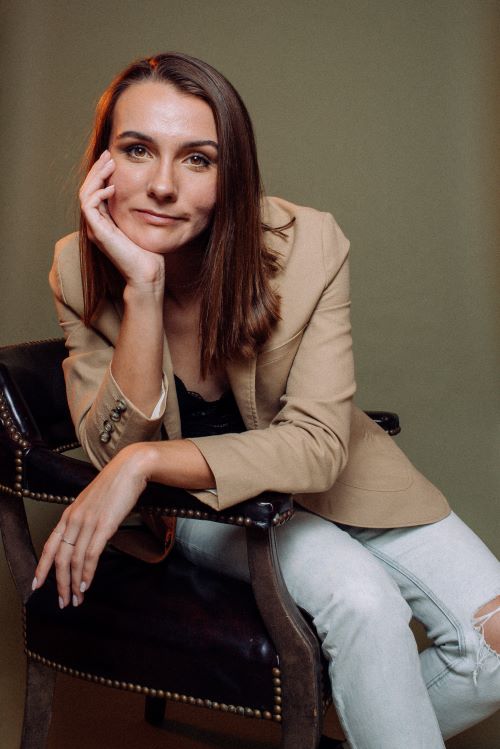
About This Author
Ariana Newhouse | B2B Writer
I am a freelance writer and comedian based in Los Angeles. While making people laugh is my jam, it’s not always the company brand. So, I strive to make people feel something. My writing philosophy is collaborative, empathetic, and humanistic. At the end of the day, no matter the message, there are real people on both ends of the process.


